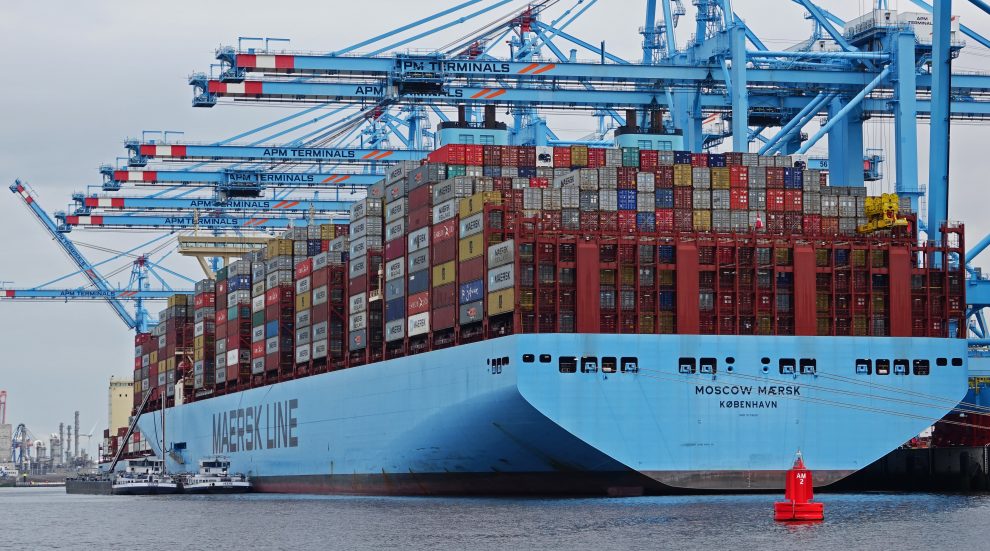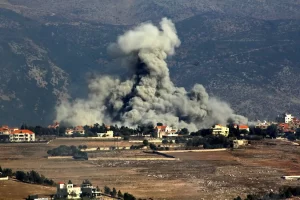Pakistan enjoys an advantageous location for transit trade and connectivity with the countries in South Asia and Central Asia. However, regional conflicts and security perceptions have not allowed the full potential for trade potential to materialise.
China is the second largest economy in the world. It is already a major trading partner of Pakistan. There is significant potential for trade between Pakistan and China in several sectors. Pakistan imports around $76 million a month worth of telecommunication equipment, and $70 million of synthetic filament yarn woven fabric from China. It exports around $47 million worth of refined copper followed by raw materials worth $40 million.
Pakistan and China need to expedite the harmonisation of single-window operations to remove the trade barriers. There is enormous potential for agricultural, dairy and livestock exports to China. However, due to a lack of technological adaptation, the yields are not enough to meet the demand. The uncertainty created by frequent floods in the agricultural zones is also a barrier to exports.
The products that will have demand in China include: rice, zinc ores, oil seeds, pine nuts and seafood. With the advent of China-Pakistan Economic Corridor, Pakistan should capitalise on the huge potential for transit trade and re-export. It should become a part of the global value chain. This requires an objective evaluation of the benefits created by the free trade agreement between the two countries. There is a huge potential for better access to energy, skills and technology transfer.
Some alliances already exist between Pakistan and Bangladesh in the textile sector. There has been a steady growth in Pakistani exports to Bangladesh. The exports rose by around 15 percent from $316.7 to $365.3 million (July to November 2021 and 2022). Most of these exports are yarn, denim and cotton but opportunities also exist in construction materials, surgical goods, sports goods, light engineering, denim cotton, yarn, tourism, food processing and pharmaceuticals. Integration with the Bangladesh market share in the readymade garments sector can also be beneficial.
Some of the major issues in trade with Bangladesh include visa facilitation for business-persons, trans-shipment through Singapore or Sri Lanka and lack of coordination between customs departments.
To improve the situation, the private sector needs to work on improving the quality and increasing the variety of its products. The government needs to develop better diplomatic relations, facilitate business visas and rationalise tariffs. Another aspect both countries need to work on is the harmonisation of their single-window operations.
The recent takeover of government in Afghanistan by the Taliban has created certain problems for the country at the international level. The trade between Pakistan and Afghanistan has risen by 64 percent (July to October) year-on-year from around $450 million in 2021 to $741 million in 2022.
This might have been due to the development of the Torkham border under the CAREC-RIBS project. The major trade sectors include mines and minerals, pharmaceutical goods, fruits, vegetables and other edible commodities. The private sector can further enhance exports, especially of food-related items, by ensuring better food processing.
The government needs to work out ways to ensure stability and security and ensure safe passage towards Central Asia. Trade routes through Chitral and the newly merged districts also need to be improved. There is also potential for trade in services including health tourism, construction and information technology.
Iran has natural resources that can help Pakistan in the current global recession. Currently, the volume of Iran-Pakistan trade is $392 million, less than 6 percent of exports from Pakistan. The exports are mainly rice, paper products, chemicals, textile, fruits and vegetables. The imports include iron ore, hides and skins, and chemical products.
Under the regional trade development framework, Iran plays a very important role in facilitating the road and rail transport of goods and passengers to the Middle East via Iraq and to the European Union via Turkey.
Iran has a major share of gas production in the world. Recently, the National Iranian Oil Company and Russian energy giant Gazprom authorised a memorandum of understanding on strategic cooperation under which Tehran and Moscow will work on a joint project to export gas to Oman and Pakistan. This can help ease the gas crisis in Pakistan.
Informal trade with Iran includes the livestock sector. One of the main obstacles to trade is the incompatibility of the banking sectors in the two countries. The private sector needs to work with the governments to make the banking sectors compatible.
This can be particularly beneficial for the development of Balochistan. Another aspect is the harmonisation of efforts for the creation of ports at Gwadar and Chahbahar.
Almost half of the exports from Pakistan comprise the textile sector raw materials. This way Pakistan is integrated into the Sri Lankan value-added apparel industry with customers in the European Union and the United States. Sri Lanka and Pakistan are also partners in the Belt and Road Initiative. The ports being developed at Hambantota and Columbo can play a major role in further integration of Pakistan in the global value chains.
The recent default faced by Sri Lanka has halted its economy but a rebound is expected. The government of Pakistan needs to evaluate and renegotiate the free trade agreements already in place with Sri Lanka and focus more on value addition and sea transit.
Pakistan does not have the most-favoured-nation status in India since the 2019 Pulwama attack. After India revoked the special status of Occupied Kashmir, Pakistan also terminated trade activities with it.
Gestures like the opening of the Kartarpur Corridor have not been reciprocated by India. During the Covid pandemic, Pakistan imported some pharmaceutical raw materials from India. Due to the geographical proximity, Pakistan and India are natural trading partners, especially in the agriculture and livestock sectors. Revival of trade can help catalyse greater regional connectivity and enable initiatives like the Central Asia Regional Economic Cooperation (CAREC), Turkmenistan-Afghanistan-Pakistan-India (TAPI) gas pipeline and The Central Asia-South Asia (CASA-1000) power project. Inclusion in the information technology services value chain is also a potential growth area.
To tap into the regional trade potential, Pakistan needs to focus on exploiting its location and creating an inclusive strategy.
Source : The News






































